
|
|
A Ono Yoshimitsu Katana
With his saya-gaki
horimono by
Jitô’an (Kogeguchi Senshu), MukansaMukansa "Without Judgment"

*Mukansa meaning: "without judgment", meaning that his swords are of such a high level that they are displayed at the annual contemporary sword smith exhibition without examination of a panel of judges; no further awards will be granted, since the swords are above competition.
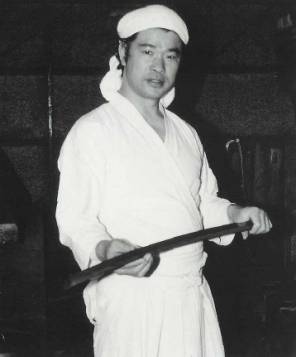
Ono Yoshimitsu sensei's favorite sword is the national treasure / Meibutsu Yamatorige, and his goal is emulating this style of complex Chôji and elegant Sugata. However, he also works in other styles, but always tries to capture the spirit of a famous sword rather than making an outright copy. His swords are mostly Nioi-deki with Ko-nie, Ashi and Yô, and he frequently produces Utsuri.
Click here to see Ono Yoshimitsu sensei's process to make his sword...
"This blade captures very well the workmanship of one of the greatest Sue-Bizen masters, Yosôzaemon Sukeada. The horimono are magnificent and in perfect harmony with the rest of the blade and were executed by master engraver Kokeguchi Senshû (苔口仙琇) [whose pseudonym is Jitô’an (自灯庵)].
The hamon of this blade starts low at the base, in an extended yakidashi-style so to speak, an interpretation that has its origin in the Sengoku period and that was not seen up to that time on swords (this feature was also done vice versa, i.e. with a flamboyant yakidashi and a calm upper part of the hamon)."
Classification: Katana
Measurements are approx
Nagasa (length): 71.2 cm
Motohaba (width): 3.3 cm
Sori (curvature): 2.3 cm
Hamon: Choji, Gunome & Notare
Hada: Ko-itame
Tang:
Omote: “Echigo no Kuni ni oite Yoshimitsu kore o saku“ (於越後国義光作之, „made by Yoshimitsu in Echigo province [present-day Niigata Prefecture]”)
Ura: “Kirimono Jitô’an” (切物自灯庵, “engravings by Jitô’an”)
“Heisei sannen haru kisshôjitsu” (平成三年春吉祥日, “on a lucky day in spring of Heisei three [1991]”)
Nakago: Ubu, 1 mekugiana
Horimono (engraving): by Jitô’an (Kogeguchi Senshu sensei), Mukansa.
Omote: sô no kurikara (dragon winding around a sword), which had been a favorite Horimono for the Samurai, as a symbol of divine protection and vigilance.
Ura: Buddhist characters are "Hachiman-Daibosatsu" as additional engravings, (The God of Military arts)
Polish: Okonoki Takeshi (小此木岳志)
Habaki (done in Gold foil): Nakamura Toshimichi (中村才道)
Shirasaya: Sakai Toshifumi (坂井俊文)
With Shirasaya (wooden storage-case) with Ono Yoshimitsu sensei's saya-gaki:
Omote: 於越後国義光作之 平成三年春吉祥日 倣祐定 彫物苔口仙師
Ono Yoshimitsu made this sword at Echigokoku (Niigata-ken), Hesei 3 years, spring Lucky day, copy Sukesada, Senshu Kokeguchi made carving.(Oite Echigokoku Yoshimitsu Sakukore, Heisei 3 Nen Haru Kisshozitsu, Narau Sukesada, Horimono Kokeguchi Senshu Shi)Ura: 刃長 二尺三寸五分 平成二十八年六月吉日 義光誌
Length of sword 2 Shaku 3 Sun 5 Bu (71.2 cm), Hesei 28 years (2016) June lucky day, Yoshimitsu.(Hacho 2 Shaku 3 Sun 5 Bu, Heisei 28 Nen 6 Gatsu Kichijitsu, Yoshimitsu Shirusu)
Published: plate 24 in the Hayashibara Museum exhibition catalogue of "Ono Yoshimitsu's World of Juka Choji". Click here to see translation of this book
Note: This was a special order sword made for the Hayashibara museum of Art.







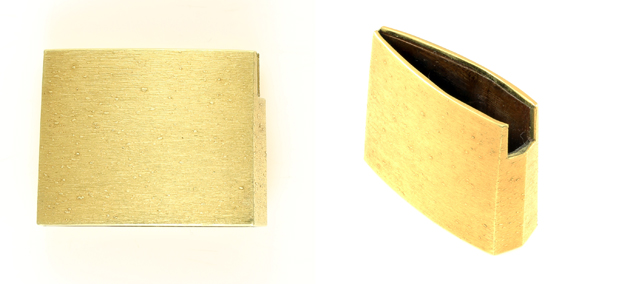
![]()
Book cover: Hayashibara Museum exhibition catalogue of "Ono Yoshimitsu's World of Juka Choji"
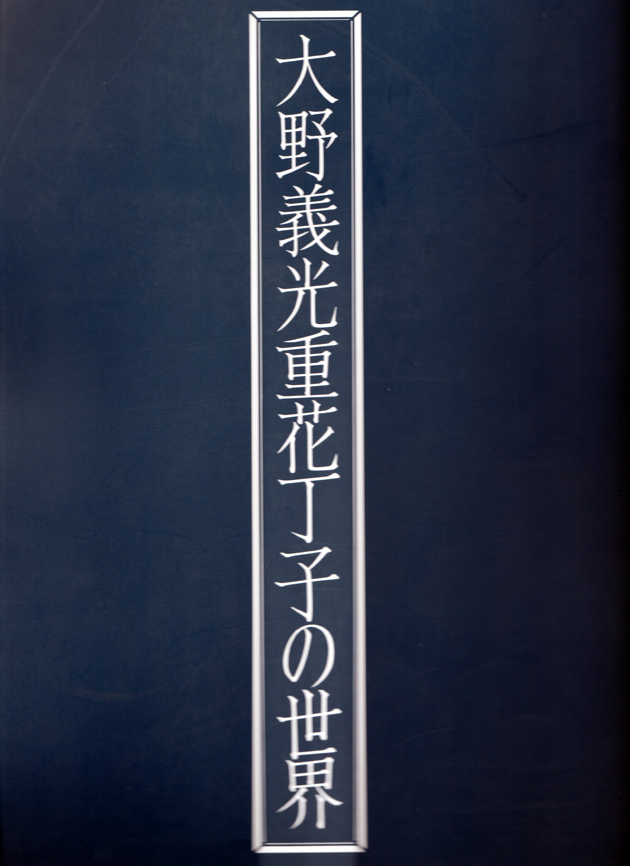
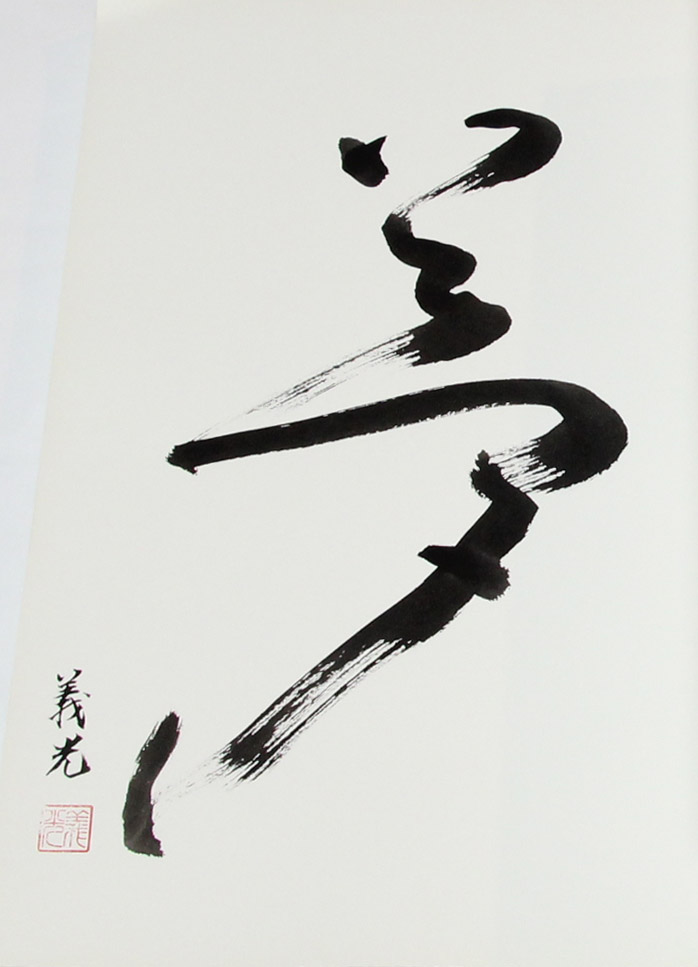
This sword displayed on plate #24
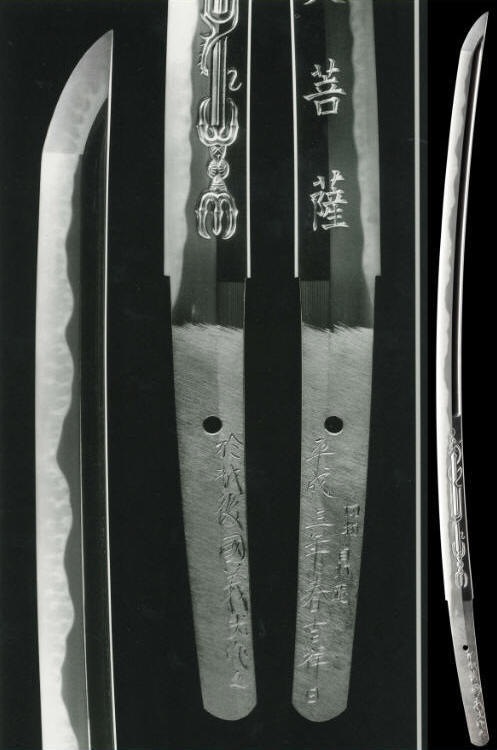
Page #24 - translation (below) see full page from book following translation:
From Ono Yoshimitsu’s World of Juka Choji
![]()
24. katana, mei: “Echigo no Kuni ni oite Yoshimitsu kore o saku“ (於越後国義光作之, „made by Yoshimitsu in Echigo province [present-day Niigata Prefecture]”)
“Kirimono Jitô’an” (切物自灯庵, “engravings by Jitô’an”)
“Heisei sannen haru kisshôjitsu” (平成三年春吉祥日, “on a lucky day in spring of Heisei three [1991]”)
nagasa 71.2 cm, sori 2.3 cm
The characteristic hamon interpretations of Sue-Bizen smiths where a bisected gunome, the so-called kani no tsume-midare, a hiro-suguha, an ô-notare, and a hitatsura. This blade is relative long, has a wide mihaba, a thick kasane, a sakizori and shows a rather standing-out hada and a notare in ko-nie-deki that is mixed with chôji, gunome, and plenty of ko-ashi. The nioiguchi is overall rather tight. A bôhi is engraved on both sides, with the omote side bearing a sô no kurikara and the ura side the characters of Hachiman- Daibosatsu as additional engravings.
This blade captures very well the workmanship of one of the greatest Sue-Bizen masters, Yosôzaemon Sukeada. The horimono are magnificent and in perfect harmony with the rest of the blade and were executed by master engraver Kokeguchi Senshû (苔口仙琇) [whose pseudonym is Jitô’an (自灯庵)].
The hamon of this blade starts low at the base, in an extended yakidashi-style so to speak, an interpretation that has its origin in the Sengoku period and that was not seen up to that time on swords (this feature was also done vice versa, i.e. with a flamboyant yakidashi and a calm upper part of the hamon).
Polish: Okonoki Takeshi (小此木岳志)
Habaki: Nakamura Toshimichi (中村才道)
Shirasaya: Sakai Toshifumi (坂井俊文)
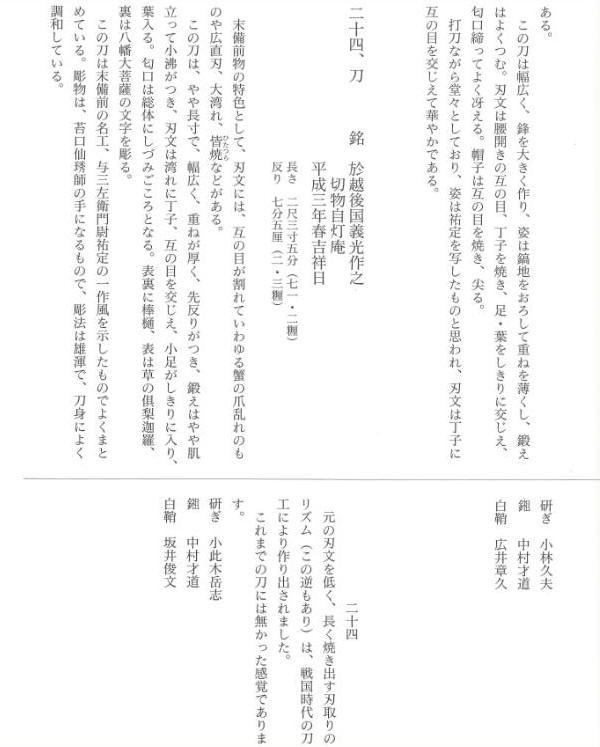
![]()
Ôno
Yoshimitsu
大野義光
Time Line…
Ôno Yoshimitsu
(sword smith name) was born October 16, 1948, in
In March of 1976 Yoshimitsu
opened his own forge in
From
the 11th Shinsaku-meitoten in 1976 to the 15th in 1980, he
won the award for effort every year. The following year (1981) at the
Shinsaku-meitoten he received the award for excellence (Yûshû Shô). In 1982 at
the 17th Shinsaku-meitoten he won the Prince Takamatsu award
(Takamatsu-no-miya Shô). Yoshimitsu then went on to win the
Chairman of the Agency for Cultural Affairs award
(Bunkachô Chôkan Shô) in 1983. For the following four years
(1984-1987) he went on to win the Prince Takamatsu award
(Takamatsu-no-miya Shô) each year.
In 1984 Yoshimitsu received
invitation from
*. Mukansa meaning: "without judgment", meaning that his swords are of such a high level that they are displayed at the annual contemporary sword smith exhibition without examination of a panel of judges; no further awards will be granted, since the swords are above competition.
Yoshikawa Mitsuo chose the
sword smith name of Yoshimitsu. He did this by using one character from his
teacher’s name (義)
as customary in Japanese traditional arts. He added Ôno to his signature after
the creation of his forge in Ôno at Kurozaski, in 1976.
Yoshimitsu's favorite sword is the national treasure / *Meibutsu Yamatorige, and his goal is emulating this style of complex Chôji and elegant Sugata. However, he also works in other styles, but always tries to capture the spirit of a famous sword rather than making an outright copy. His swords are mostly Nioi-deki with Ko-nie, Ashi and Yô, and he frequently produces Utsuri
*Yoshimitsu is so enthralled by the Meibutsu Yamatorige (a Japanese national treasure ko bizen tachi) that he devotes much of his sword smithing time to recreating it over and over in a spiritual search for the way in which the blade was originally produced. It is not an exact copy. He has modified some of the features to suit his own interpretation, but the essence of the original strongly remains. Yoshimitsu’s research into swordmaking does not stop there. In
a further effort to recreate the visual appearance of older blades, he has similarly forged works polished by different schools and by varying standards of polishers in order to analyze the effects on the finished blades. He conducts this research at his own expense. Yoshimitsu continues to make swords and pursue making the Yamatorige at his forge in Niigata and the Hayashibara Museum forge in Okayama.
![]()
~ EXAMPLES FOR COMPARISON TO Ôno Yoshimitsu's 大野義光 WORK ~
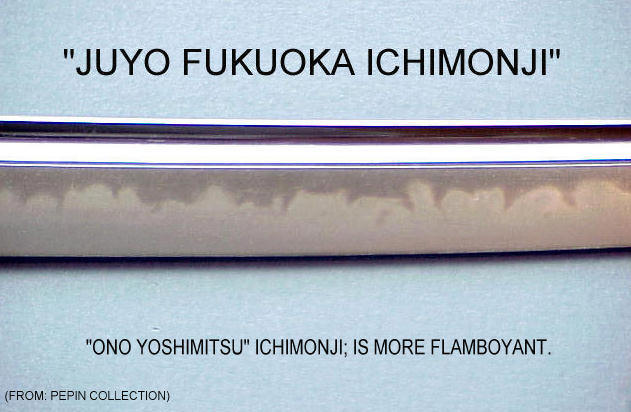
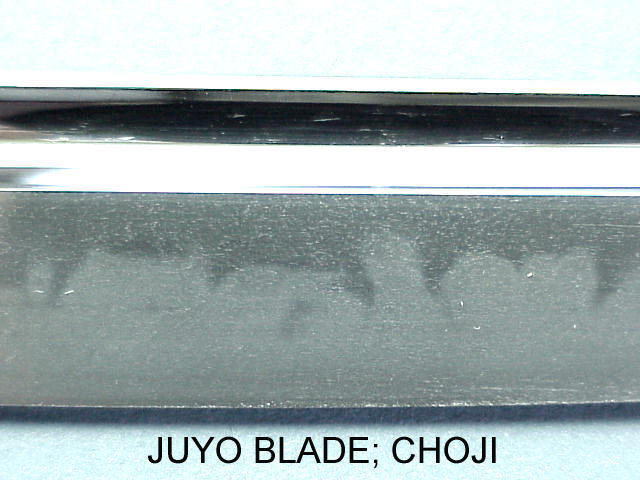
Another Tachi by Ôno Yoshimitsu 大野義光:
Click here (or image) to see larger image of a Ono Yoshimitsu Tachi made in the style of the Ichimonji Yamatorige (almost an Utsushimono [a recreation or copy] of the Yamatorige); Nagasa 79.4 cm, Sori 3.3 cm.
~ END COMPARISON ~
![]()
This Sword is not available for purchase.
If you wish to purchase a Japanese Sword please view our Nihon To for sale page or contact us directly via e-mail, please include specifics of what you seek, i.e.: Katana, maker, era, price range etc.
Contact Matt at 1(815) 465-6623, Tim at 1(608) 315-0083 any time.
Pictures and content may not be copied without the express permission of samuraisword.com © 2016